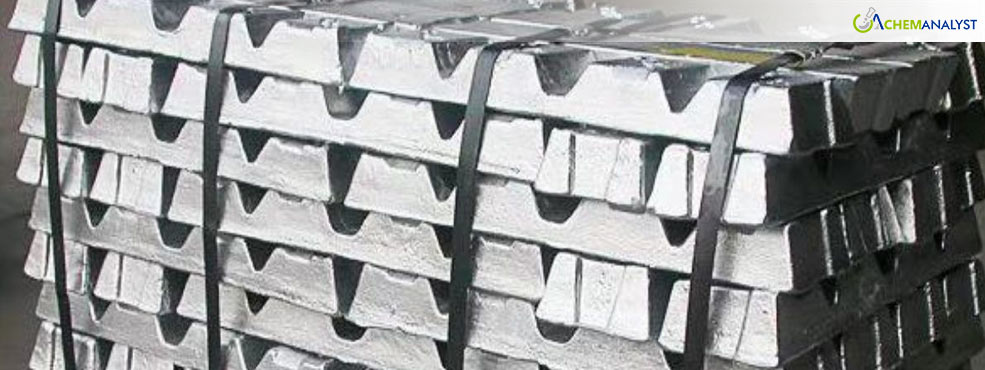Welcome To ChemAnalyst

Following a week of mixed signals across global markets, Aluminium Alloy Ingot prices showed subtle movements, shaped by shifting raw material costs and evolving trade dynamics.
Key takeaways:
China
China's aluminium alloy ingot market exhibited a stable in this week. However, ADC12 prices face a dilemma due to cost support counteracting off-season demand, suggesting short-term price fluctuations within a limited range.
The raw material landscape for aluminium alloy ingot, specifically scrap, presented a varied and actively adjusting picture in the first half of May. While generally mirroring the upward trajectory of primary aluminum with regional distinctions and careful price modifications, this environment contributed to the sustained low operating rates of aluminium alloy ingot enterprises, whose procurement remained focused on immediate needs. The price variance between primary and secondary aluminum became more pronounced.
A modest increase (0.3%, w-o-w) was observed in aluminium alloy ingot prices, driven by the sustained climb in primary aluminum and subsequent scrap prices. Despite persistent off-season demand pressures, the market had responded positively to the prior week's China-US trade talks in Geneva, where tariff reductions and a 90-day observation period were agreed upon. However, the translation of this positive sentiment into increased aluminium alloy ingot production and consumption is expected to be a gradual process.
The operating rate of the aluminium alloy ingot industry decreased in early May, weighed down by limited raw material supply and softer demand. In the immediate future, secondary alloy prices may experience upward pressure from cost support and easing China-US tariffs. Conversely, the approaching seasonal demand lull could act as a counterweight, limiting substantial price appreciation.
Germany
Aluminium alloy ingot prices in Germany remained unchanged this week. This stability, observed in early May, extends the weakness seen in the European downstream aluminum market since late April.
Citing a persistently weak downstream aluminium market and squeezed recycling profits, Norwegian producer Hydro will close its Birtley, UK extrusion site and Luce, France anodising facility. This decision, also involving a 30,000-tonne reduction in Puget, France's recycling capacity, reflects challenges in aluminium scrap supply and declining margins affecting aluminium alloy ingot production.
A positive medium-term forecast exists for aluminium alloy ingot, supported by the IEA's Global EV Outlook 2025. This report anticipates global electric vehicle sales surpassing 20 million units in 2025, accounting for more than a quarter of total new vehicle sales.
We use cookies to deliver the best possible experience on our website. To learn more, visit our Privacy Policy. By continuing to use this site or by closing this box, you consent to our use of cookies. More info.
